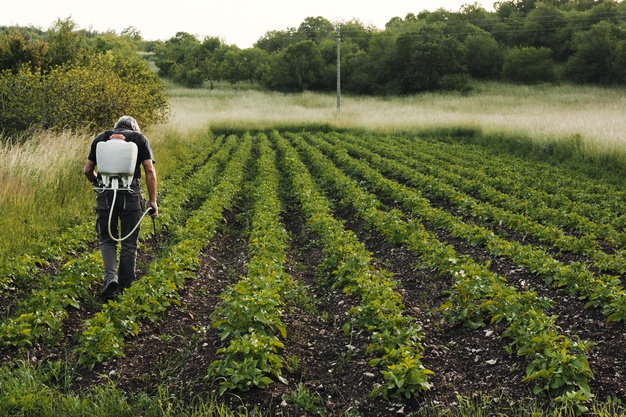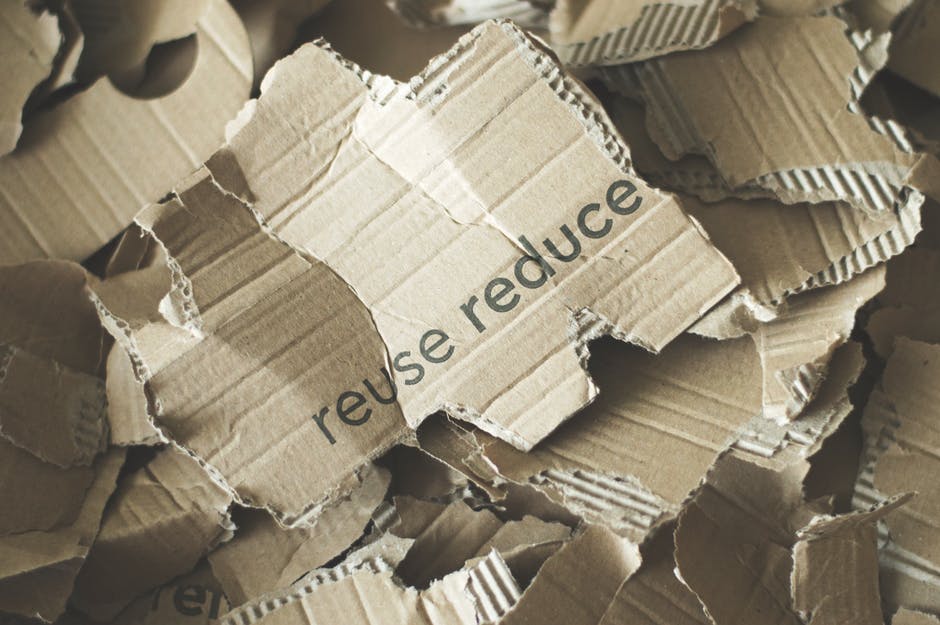The pollution of air and sound is abruptly increasing in this modern-day age. Exposure to environmental noise from traffic and construction work is now a common occurrence in many urban areas and has been linked to increased risk of adverse health effects. These bustling traffic sources of noise also produce air pollutants that also ups the risk of these dreaded illnesses with cardiovascular morbidity at the top of the list. Associations between environmental air and sound pollution vis-a-vis health outcomes must be studied and monitored because of their ability to impact health.
Noise Pollution:
Noise pollution is anything that produces unreasonable noise that disrupts the flow of daily life. It can be a jackhammer pounding incessantly by your office window during the day, the annoying buzz of the flowing traffic, or the noisy restaurant beneath your apartment. There are many sources of noise pollution in this technologically advanced world, and it would just continue to increase with each passing day if not monitored.
The most common reason for measuring noise pollution is to respond to a specific nuisance problem. It could pertain to an industrial process in a nearby area that impedes your productivity. The second reason for conducting noise monitoring is to provide data. These gathered and collated nuggets of information support many planning applications in terms of normal business administration and even legislation, which are known for implementing control against noisy offenders.
You must not take noise pollution lightly as it can impact your family’s health. Establishments and houses facing major through fares are subject to undue stress, which have serious health consequences. Disturbance of sleep is the leading cause of hypertension and heart attacks. Those who work in jobs that are exposed to environmental noise suffer the possibility of hearing loss. Clearly, unreasonable noise must never be taken for granted, which is why monitoring systems must be set up for the protection of families.
Environmental Air Pollution:
Between the two, people are more familiar with the effects of air pollution. Typically, people are alarmed when they see air pollution with their naked eyes in the form of black fumes emanating from cars or factories. On top of that, there is second-hand smoke to contend with, which is very harmful to the lungs of anyone that is unfortunate enough to inhale them. But what’s even more alarming is the air pollution that you cannot see because you are complacent while it unknowingly slowly kills you.
Air pollution levels in major urban cities are actually at an all-time high. With fumes from cars, manufacturing facilities, cigarette smoke, restaurant exhaust systems, and the like, there are just too many particles present in the air that humans breathe. That’s why there must be monitoring systems in place to keep air quality in check because if not taken seriously, air quality can lead to a host of illnesses, even death.
Smog is, unfortunately, ever-present in the modern world. It consists of various chemicals, particulate matter, and hazardous elements that can lead to respiratory diseases. It is now no longer a wonder why many people suffer from allergic rhinitis and asthma flare-ups because the quality of modern air is so much worse when compared to the air quality of the days gone by. Indeed, progress does have its price. Sadly, the people who have to pay and suffer for it are the many families who are exposed to the pollutants.
Monitor Air and Noise Quality Index:
If the world is serious about dealing with environmental air and noise pollution, agencies like the Threshold Environmental Brisbane must be put in place to constantly check the air and noise quality index of places, especially urban communities that are more susceptible to these pollutants. Vigilance is necessary to continue to protect families, especially younger children and the elderly who have naturally lower immune systems due to their age.
As a citizen of the world, you also have the responsibility of monitoring your air and noise consumption. Become more aware of the noise you emit each day. On top of that, your choice in home heating and your transportation fuel has an impact on air quality. Contribute in your own way by having your home fuel system and car transmission inspected regularly to make sure that they pass air and noise quality standards. On top of that, opting for more sustainable transport is the more responsible choice. For instance, you can do days where you walk, bike, or take public transportation to do your own part in reducing the world’s noise and carbon footprint.
Read Also:
























